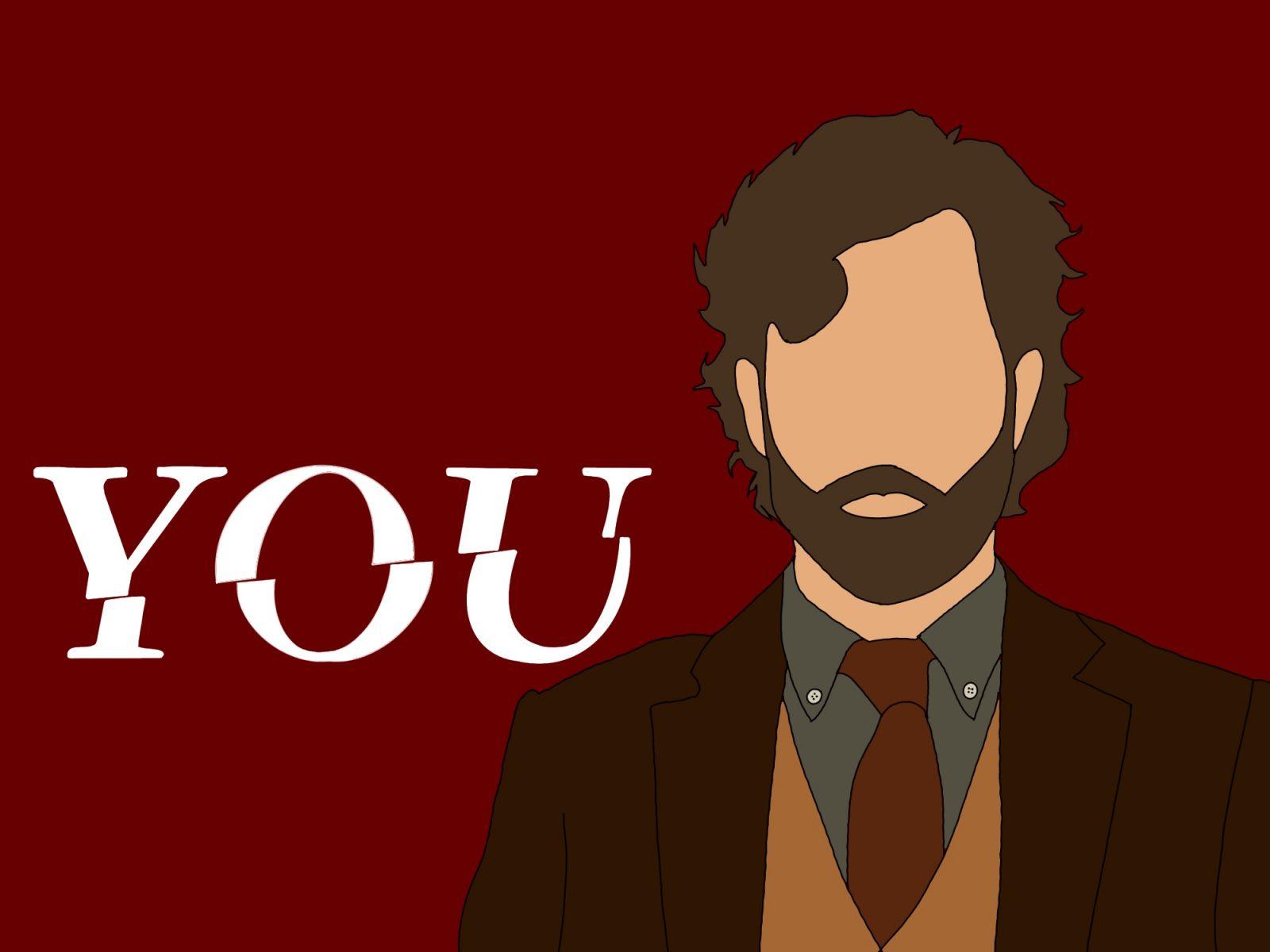Last week, I made it my goal to watch all the nominated movies from the Oscars. From “The Banshees of Inisherin” to “Tár,” it was a long watch list. But one film that particularly stood out to me was “Triangle of Sadness” by Swedish director Ruben Östlund.
The film follows Carl (Harris Dickinson) and Yaya (Charlbi Dean), both celebrity models invited to a private luxury cruise complete with many wealthy and self-absorbed characters. What first appears as a picture-perfect luxury vacation quickly becomes a catastrophe as the cruise hits a storm and strands the characters on a deserted island.

Many prestigious films like “The Banshees of Inisherin” and “Tár” are incredible dramas, but their thematic core can be challenging to uncover. It took me Googling “Banshees of Inisherin meaning” for me to understand the film and the reasoning behind the character cutting his fingers off. (I was traumatized).
So then what makes “Triangle of Sadness” so good and stand out from its competitors? It’s simple. You round up a bunch of millionaires, put them on a cruise, strand them on an island and watch what happens.
Sadness doesn’t hide behind cryptic messaging — it leaves subtlety behind and embraces a clear storyline and in-your-face dark humor. In doing so, the film becomes accessible to a wider audience who might not want to spend time researching the deep meaning of the storyline.
Östlund specifically uses satire and dark humor to explore a social topic — the fluidity of social class when taken out of a societal context. The film takes a stab at class divides and underscores the idea that wealth and structures of power are nothing but social constructs, easily rearranged.
Satire especially takes shape with the characters. The film mocks the affluent passengers who use money and power as their safety net.
For instance, on the cruise, we meet Dimitri, a billionaire Russian oligarch who arrogantly boasts about his riches. But the minute he is stranded on the island, he is out of his element. On the island, money meant nothing while survival skills meant everything — and Dimitri had none of the latter. The Russian oligarch struggled with this notion, even offering money to the group’s leader for food.
The intended mockery of the character is straightforward and even dramatized by Dimitri’s attempts to buy his way through survival. Just like Dimitri, other characters equally represent the wealthy class — no complex nor multilayered personalities, just straight arrogance.
Consequently, for the casual viewer, the characters are not only entertaining but also easy to read and place in the bigger picture. Dimitri, for instance, is a clear illustration of the wealthy who only rely on their money to ensure their position on the class hierarchy.
And just as Dimitri was kicked to the bottom of the pyramid, Abigail — formerly the cleaning lady on the cruise — rises to the top as a leader, a master of survival skills. The social shift is dramatic and clear-cut, which only serves to underscore Östlund’s intended messaging further.
Humor is also heavily used. For example, during a storm scene, all guests participate in a dinner event. Finely dressed, they take their seats in the expensive-looking dining hall and eat fancy meals.
Yet, this picture quickly changes as we later see all the formerly elegant guests violently vomit all over the once-pristine room. It’s chaotic and hilarious. But it also exposes the affluent guests as what they are – regular humans with regular stomachs.
“Triangle of Sadness” proves the magic of simplicity. Ambiguous movies undermine a big part of the general audience who might simply not understand what is going on — just as I was when I witnessed the chopping of fingers in “Banshees of Inisherin”— and chose not to finish the film.
By spending less time analyzing the deep layers of the storyline, we can simply do what we intend to do from the beginning — enjoy a good film.
So, while I do enjoy films that rely on metaphors and symbolism, I also firmly believe that sometimes simplicity and humor work best when wanting to express a message to a wider audience. Because honestly, not everyone has the time to read a complicated article on the hidden allegory of a finger.






























































































































Pam Dore • Apr 3, 2023 at 1:48 pm
Very Luis Buñuel